A pictorial tour of Florida’s Forgotten Coast

The beach down around Cape San Blas is nice-looking but the sand is darker than what we're accustomed to in Fort Walton Beach and Destin. What's really scary is the thin sliver of land extending out into the Gulf of Mexico. You feel like you're aboard a very small boat that could capsize at any moment. Image courtesy of Del Stone Jr.
After Mexico Beach was named (by whom I forget) one of the nation’s coolest beach towns, I became curious about that stretch of the Panhandle. I’ve lived in this region since 1964 and apart from a quick snorkeling adventure to find scallops, and a two-stay at a campground, I’d never explored the Port St. Joe-Apalachicola area. So Thursday I set out for a quick drive to see what was there. I had to be back by a certain time; my friends and I were helping Niceville pay for its fireworks show by eating a steak dinner at the community center at 6:30. So there would be no chatting with locals or digging through bins of shells … just a quick road trip to see what was there and hurriedly snap a few photos.

As you drive east out of Panama City, U.S. 98 narrows to a two-lane road and travels through some seriously forested wetlands. The environmentalist in me loved it. The driver in me wondered what the heck I’d do if the car broke down. Careening down a two-lane road at 60 mph with fully loaded logging trucks barelling at you in the opposite lane conjures images of the big wreck scene in “Final Destination 2.” Luckily it wasn’t a far drive to my first stop, the newly crowned cool beach town Mexico Beach.
Mexico Beach IS a cool town, in an old-Florida, laid-back coastal community way. It reminded me of South Walton 20 years ago before the themed resorts, gated communities and condos took over. It’s populated mostly be single-family residences and locally owned businesses. Beach accesses are plentiful, and one stretch is totally undeveloped, with lots of available parking. Beaches were not crowded as these photos prove. The architectural style of the buildings is much more consistent than the unholy mashup of clashing approaches in South Walton, where Greek Island rennaissance meets Old Mexico terra cotta meets Seaside popsicle brite meets Southern gothic which meets New England revival.

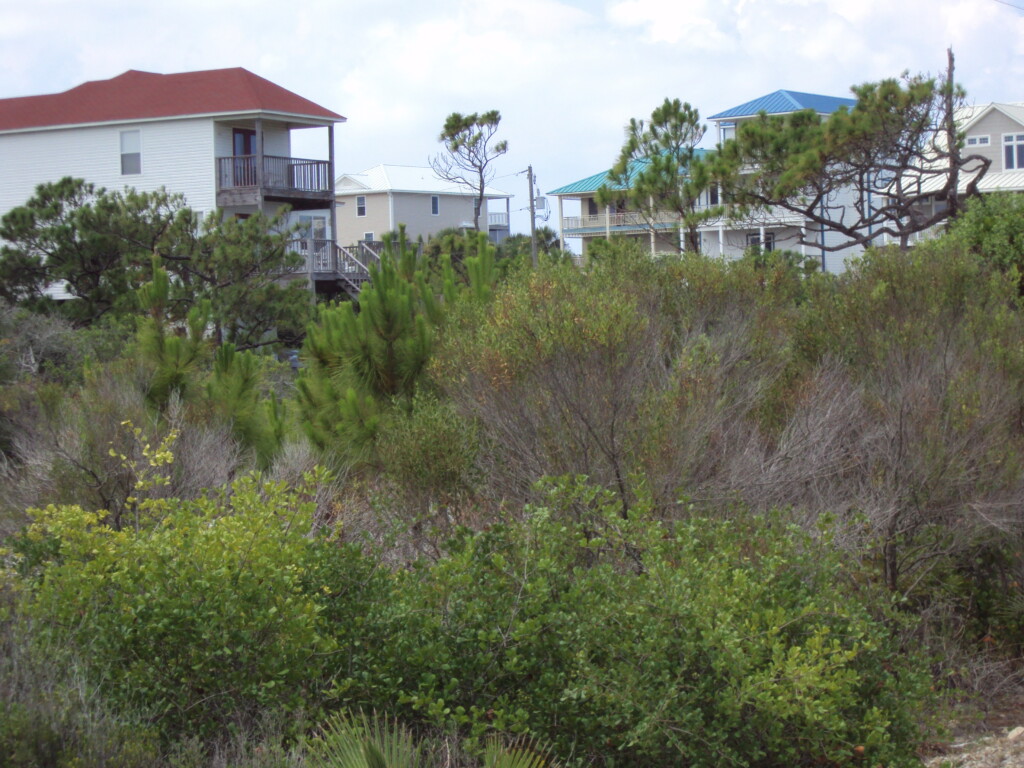

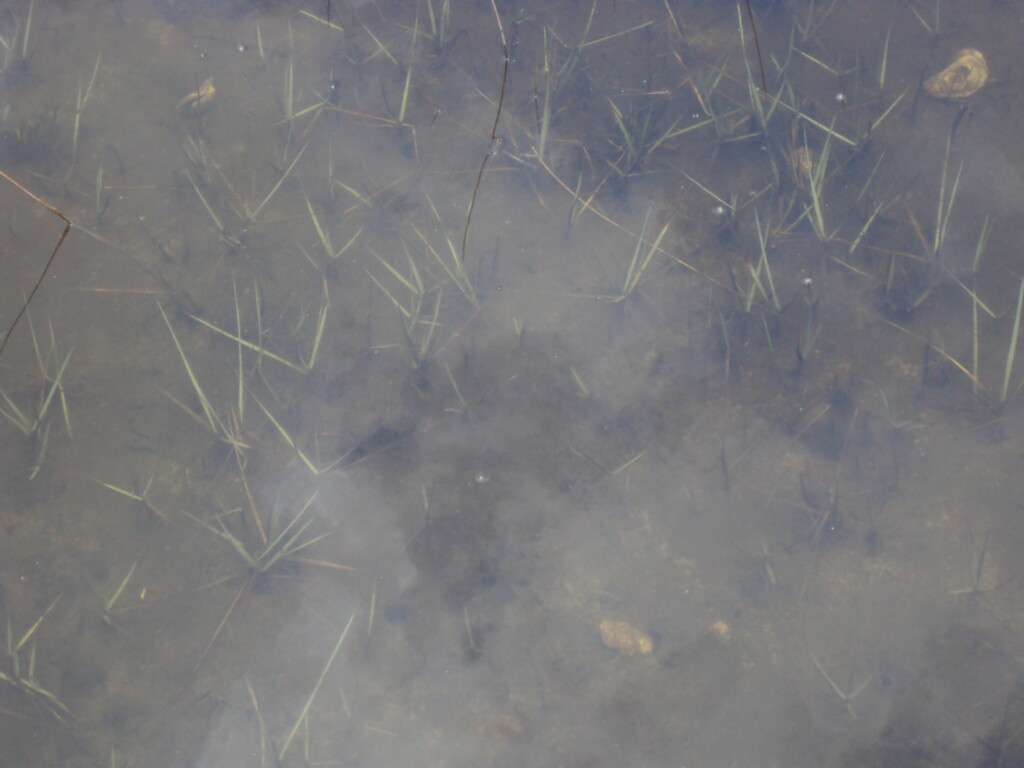
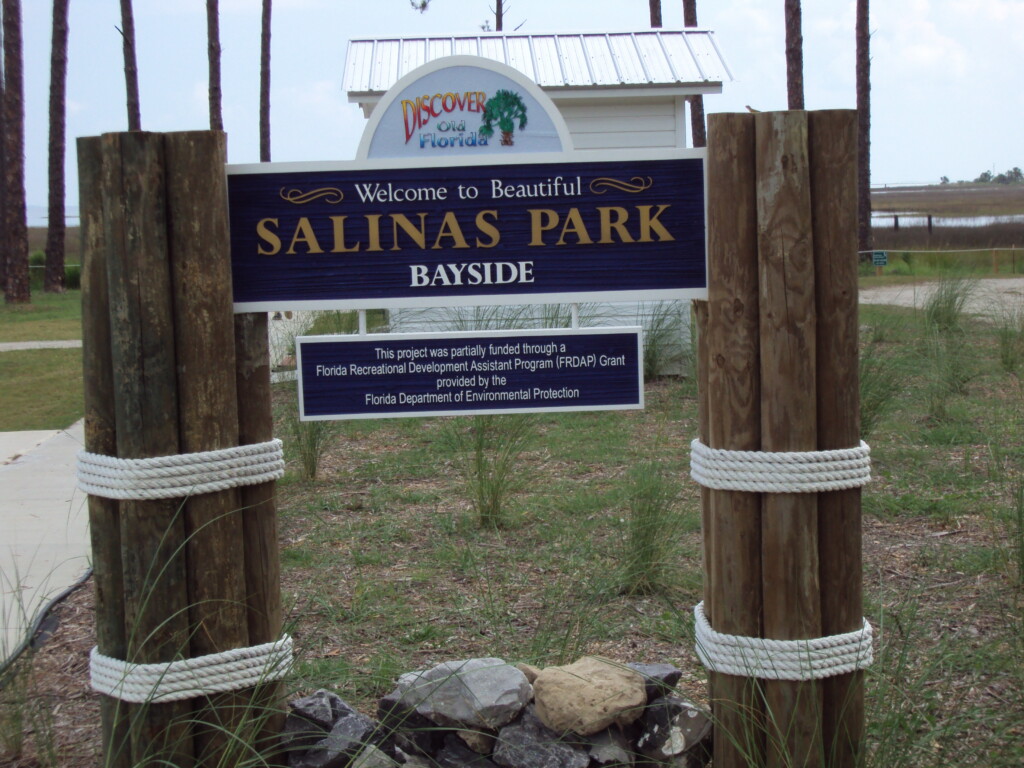
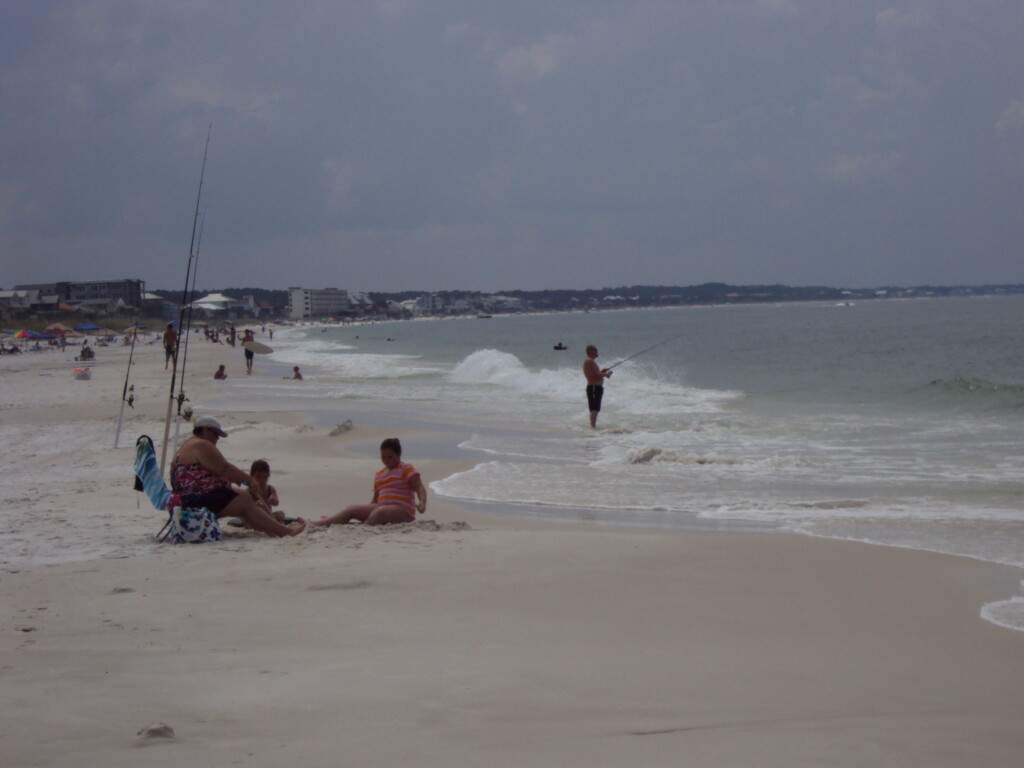

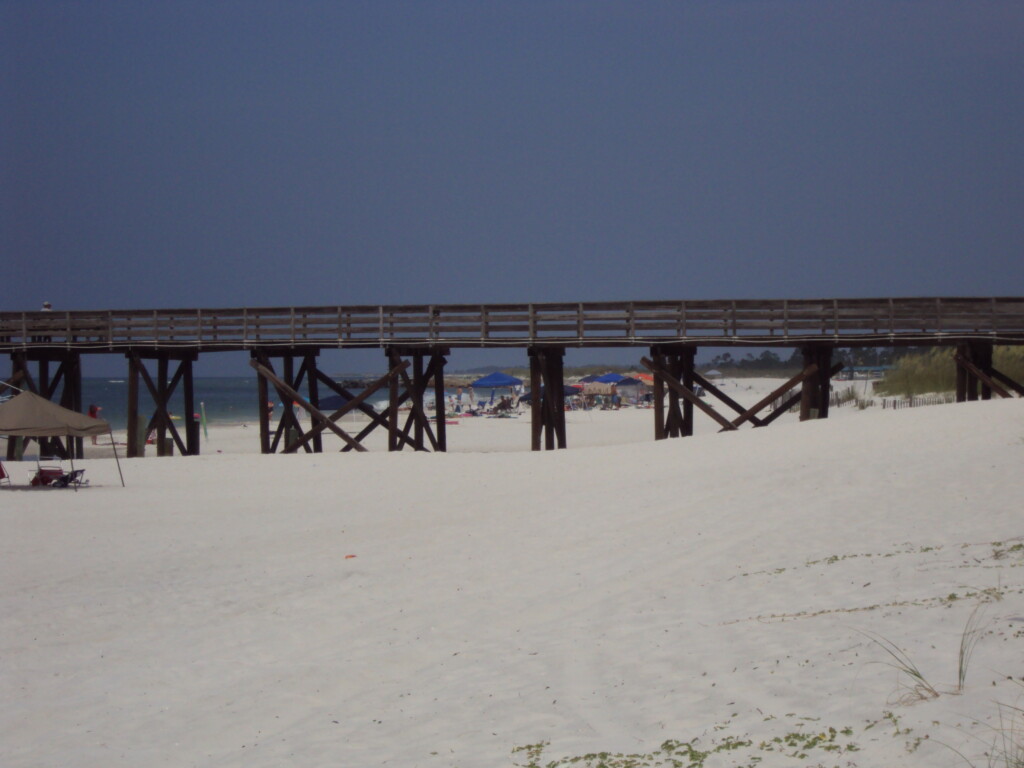
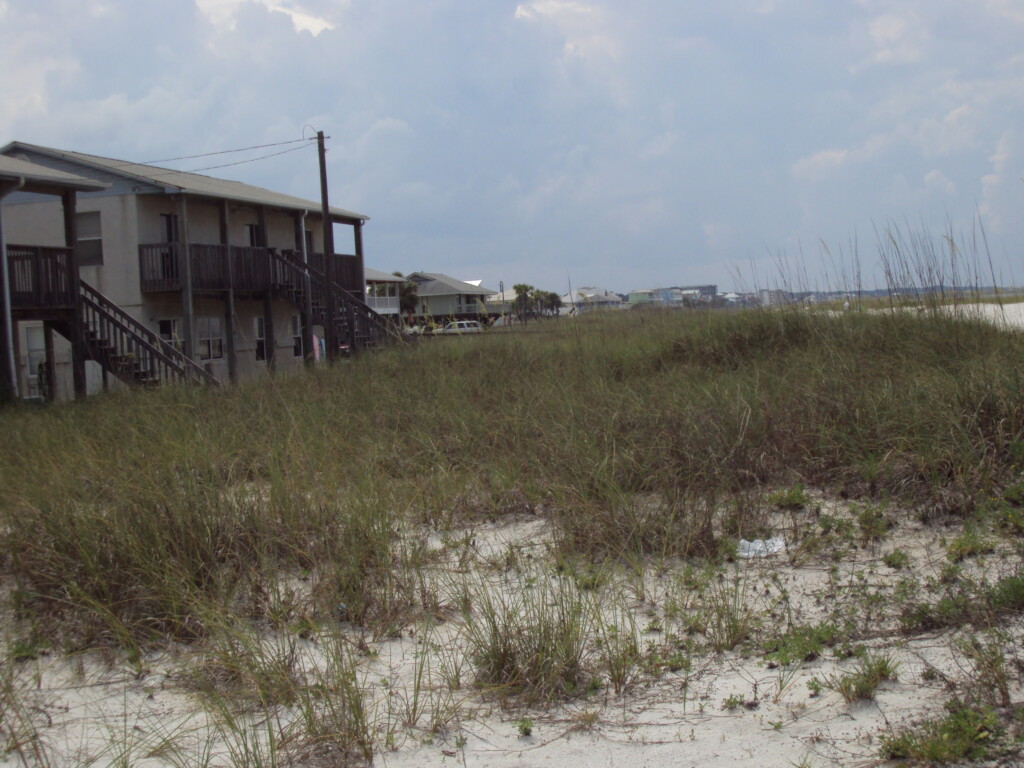
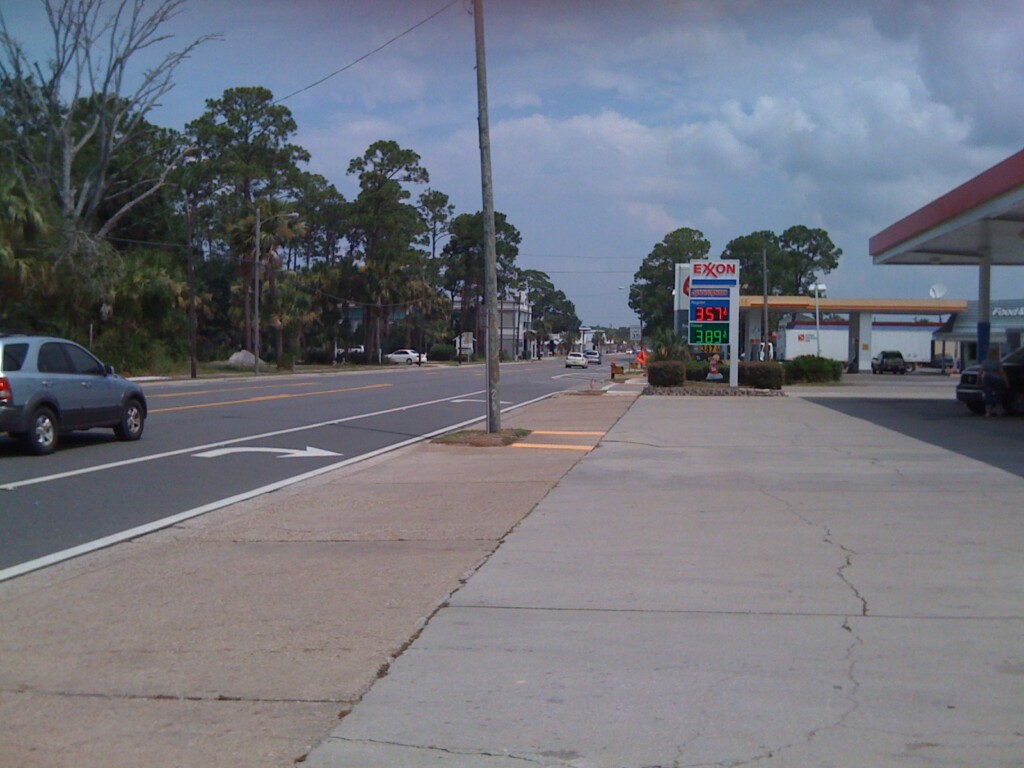
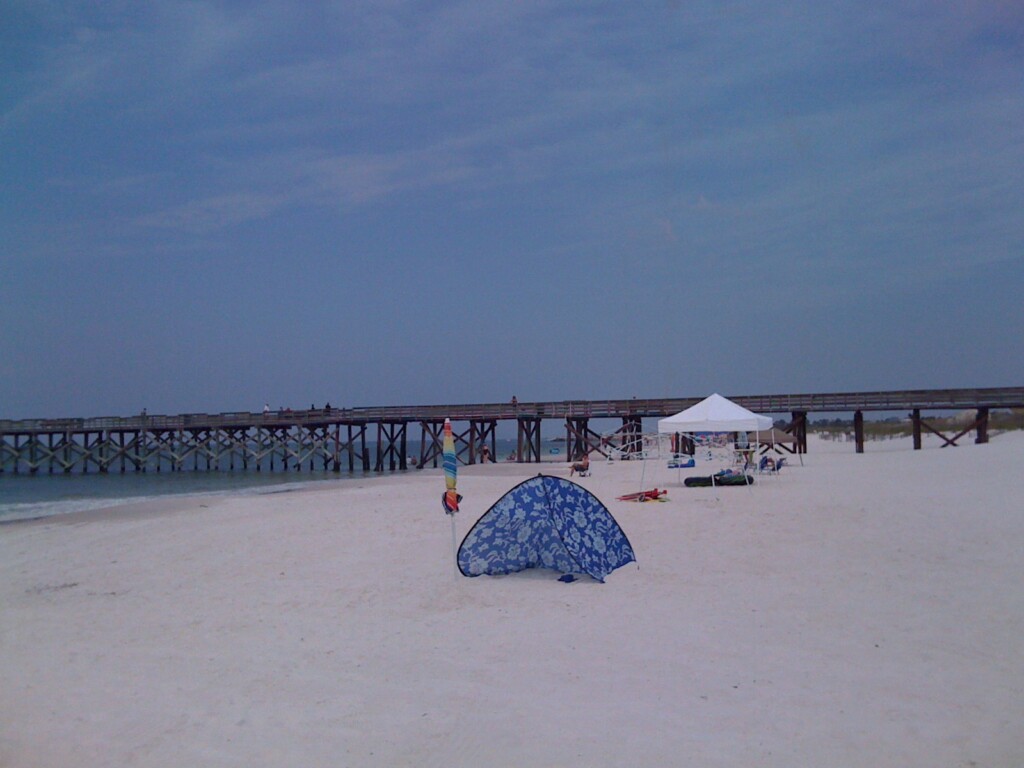
I would rate the beaches a notch below what we have in Okaloosa and Walton counties. The sand was not quite as white, the water not quite as clear. The primary difference was an issue of scope. Because of our unhindered horizon, when you stand on a beach here you get a sense of gazing onto a truly vast body of water, an ocean. From the beach at Mexico Beach you can see the curvature of the coast and what I’m guessing is the northernmost point of Cape San Blas. You don’t get that feeling of grandeur. Instead, it feels like you’re looking from the shore of a bay.

As I drove farther southeast I landed in Port St. Joe. This is a very nicely laid out, clean and pretty little town. It doesn’t have much but the people have made the most of what they’ve got. Streets are wide and sidewalks are decorated with pavers and lighting. The historical district is easy to find, and the city seems to have made some effort to preserve the town’s trees. I would wager Port St. Joe has the only waterfront Piggly Wiggly in the world.
A venture along Gulf County’s version of 30-A took me to Cape San Blas. I stopped at a bayside park with a boardwalk that ventured into the saltwater cordmeadow marsh that fringed the shoreline. The park was dedicated to an 18-year-old young man who wrecked his truck and died on the twisty, narrow two-lane that travels along the narrow isthmus. His mother was a local preservationist.
After past a scary breakwater that looked like it might send boulders tumbling onto my head I reached the cape itself, and this reminded me more of the Emerald Coast than any other location I’d seen. Sands were white and heaped into dunes covered in sea oats. Again, the buildings were mostly single-family residences. There weren’t as many beach accesses but I finally found one and tromped through the sand to gaze upon the infinity of ocean.

I never made it to Apalachicola. Time was drawing short and thunderstorms threatened. My recommendation would be that if you’re looking for a quick vacation within easy driving distance, try renting a house on the shore of Cape San Blas and prepare for a week of splendid isolation. Bring lots of groceries and books. Leave behind your cares.
On the drive back I stumbled across a Church’s fried chicken restaurant. I had always loved Church’s and missed having it here in Fort Walton Beach, so I stopped by for a snack. Hmmm … what’s that old saying? You can never go back? Better to leave some memories as memories? Yup. The restaurant was hot – stiflingly hot. It was filthy, the tables covered in crumbs, wet spots and knocked over condiments. I got the two-piece meal for $2.69 – a thigh, a leg, mashed potatoes and a biscuit. The mashed potatoes were instant, which is fine. I expected that and even like instant mashed potatoes to a degree. The biscuit was OK. But the chicken? A dripping grease bomb that exploded nauseatingly in my mouth. It actually made me physically sick. When I was done a wetted a napkin and cleaned off the table, set up the condiments and tried to make the place look reasonably neat. Never again.
As I drove home I got a sense for just how pretty Destin is. They’ve done a good job of making it look neat and attractive.
Now if they could just do something about the traffic!

About the author:
Del Stone Jr. is a professional fiction writer. He is known primarily for his work in the contemporary dark fiction field, but has also published science fiction and contemporary fantasy. Stone’s stories, poetry and scripts have appeared in publications such as Amazing Stories, Eldritch Tales, and Bantam-Spectra’s Full Spectrum. His short fiction has been published in The Year’s Best Horror Stories XXII; Alfred Hitchcock’s Mystery Magazine; the Pocket Books anthology More Phobias; the Barnes & Noble anthologies 100 Wicked Little Witch Stories, Horrors! 365 Scary Stories, and 100 Astounding Little Alien Stories; the HWA anthology Psychos; and other short fiction venues, like Blood Muse, Live Without a Net, Zombiesque and Sex Macabre. Stone’s comic book debut was in the Clive Barker series of books, Hellraiser, published by Marvel/Epic and reprinted in The Best of Hellraiser anthology. He has also published stories in Penthouse Comix, and worked with artist Dave Dorman on many projects, including the illustrated novella “Roadkill,” a short story for the Andrew Vachss anthology Underground from Dark Horse, an ashcan titled “December” for Hero Illustrated, and several of Dorman’s Wasted Lands novellas and comics, such as Rail from Image and “The Uninvited.” Stone’s novel, Dead Heat, won the 1996 International Horror Guild’s award for best first novel and was a runner-up for the Bram Stoker Award. Stone has also been a finalist for the IHG award for short fiction, the British Fantasy Award for best novella, and a semifinalist for the Nebula and Writers of the Future awards. His stories have appeared in anthologies that have won the Bram Stoker Award and the World Fantasy Award. Two of his works were optioned for film, the novella “Black Tide” and short story “Crisis Line.”
Stone recently retired after a 41-year career in journalism. He won numerous awards for his work, and in 1986 was named Florida’s best columnist in his circulation division by the Florida Society of Newspaper Editors. In 2001 he received an honorable mention from the National Lesbian and Gay Journalists Association for his essay “When Freedom of Speech Ends” and in 2003 he was voted Best of the Best in the category of columnists by Emerald Coast Magazine. He participated in book signings and awareness campaigns, and was a guest on local television and radio programs.
As an addendum, Stone is single, kills tomatoes and morning glories with ruthless efficiency, once tied the stem of a cocktail cherry in a knot with his tongue, and carries a permanent scar on his chest after having been shot with a paintball gun. He’s in his 60s as of this writing but doesn’t look a day over 94.
Contact Del at [email protected]. He is also on Facebook, twitter, Pinterest, tumblr, TikTok, and Instagram. Visit his website at delstonejr.com .